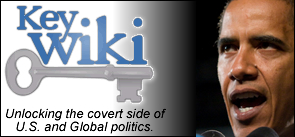Guzman’s Sinaloa, Global Narcotics Power and Violence
By: Denise Simon FouncersCode.com El Chapo Guzman, the wealthiest narcotics trafficker in the...
Read MoreBy: Denise Simon FouncersCode.com El Chapo Guzman, the wealthiest narcotics trafficker in the...
Read MoreBy: Benjamin Weingarten TheBlaze In light of Glenn Beck’s forthcoming series on Russia, we thought...
Read More

My beloved husband,
GARRY HAMILTON,
passed away
on September 24th, 2022.
I will love you always.

